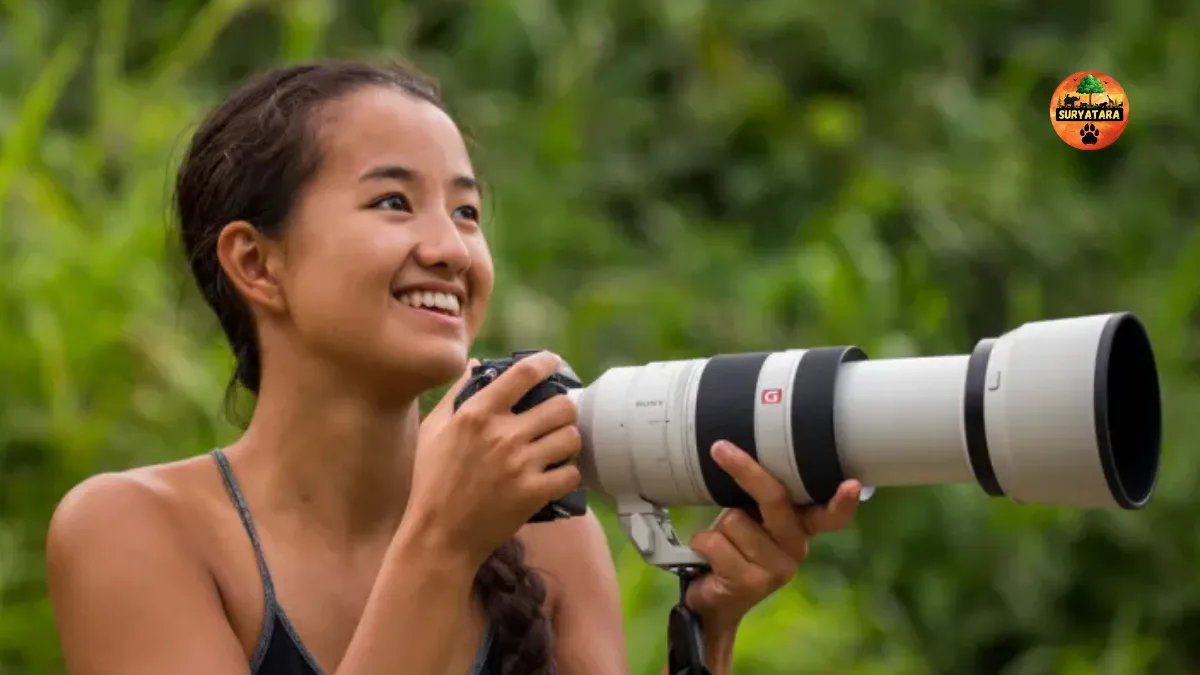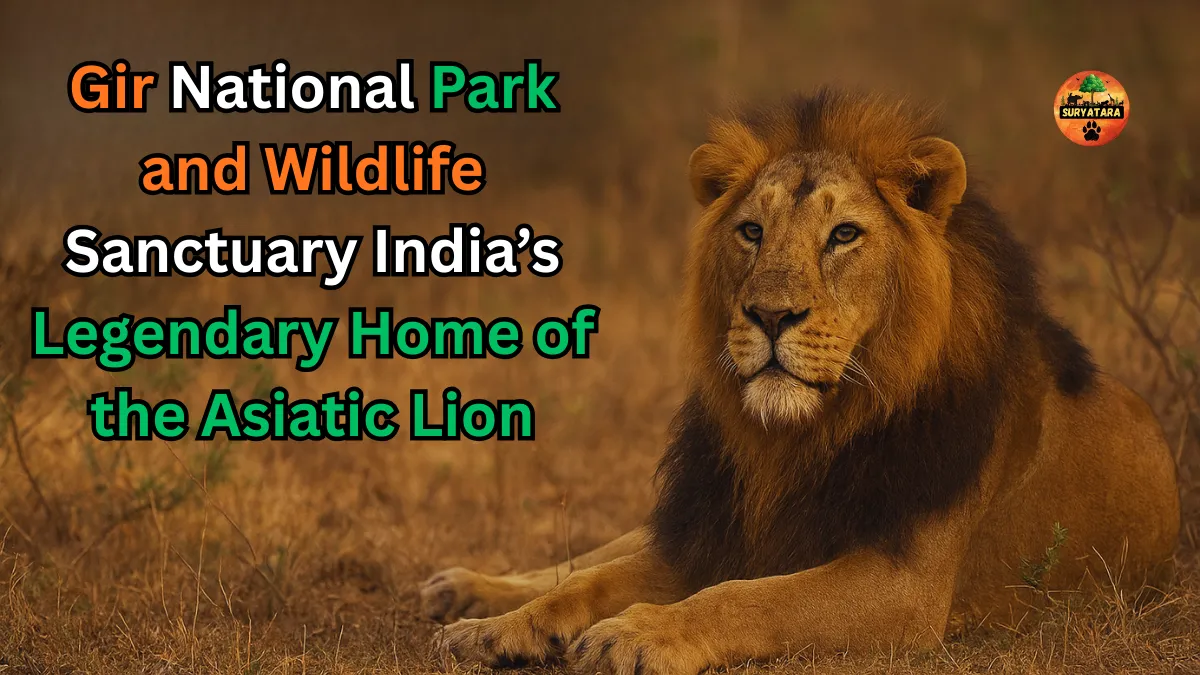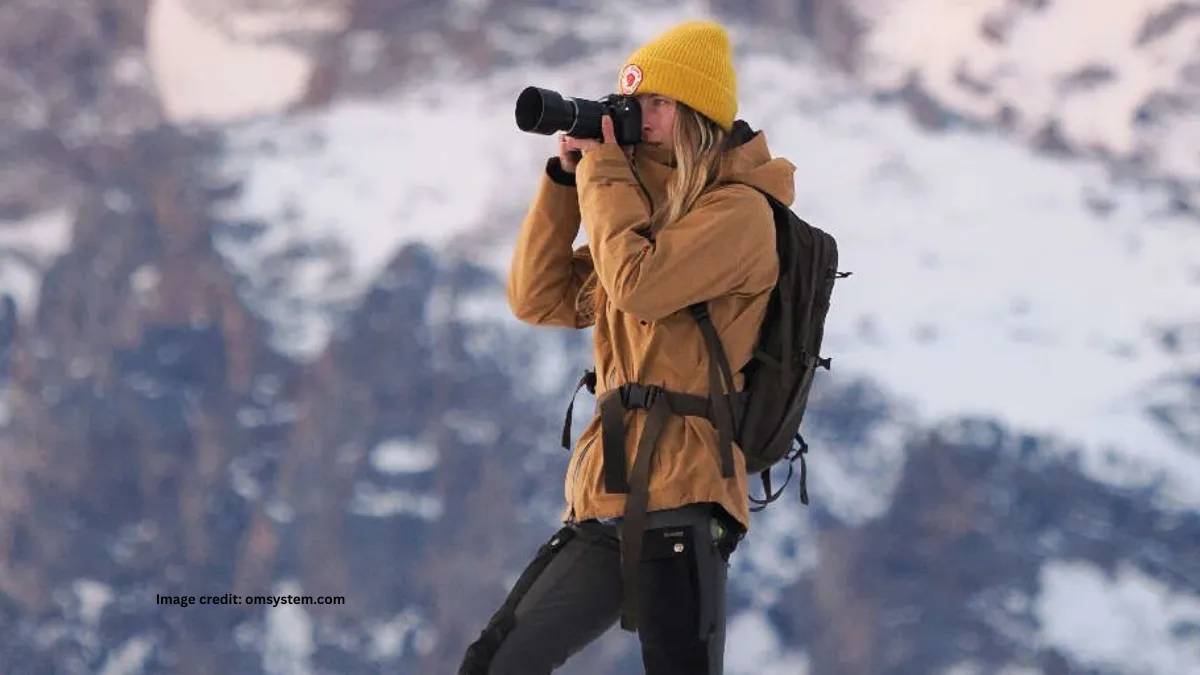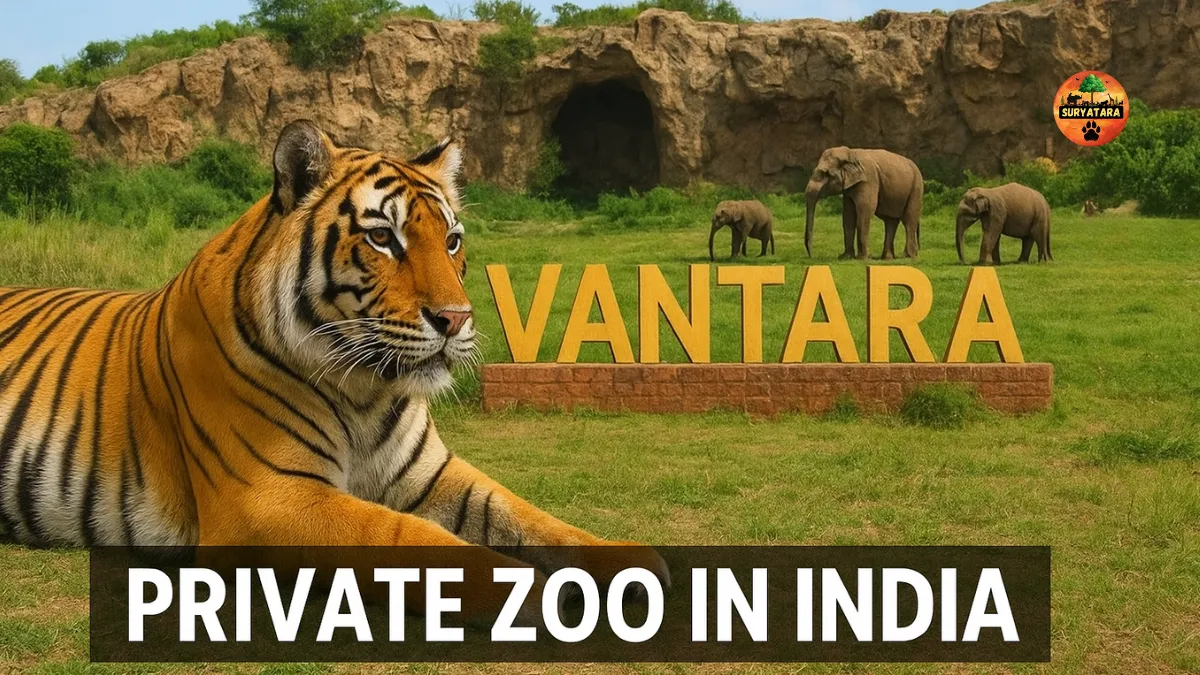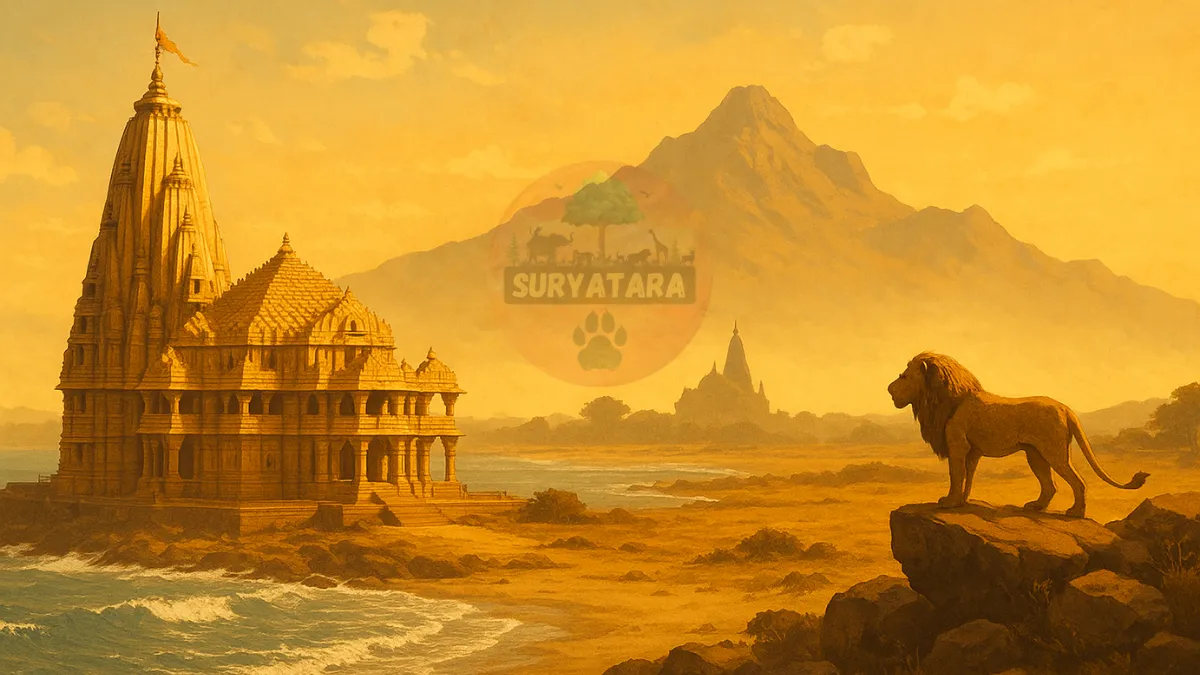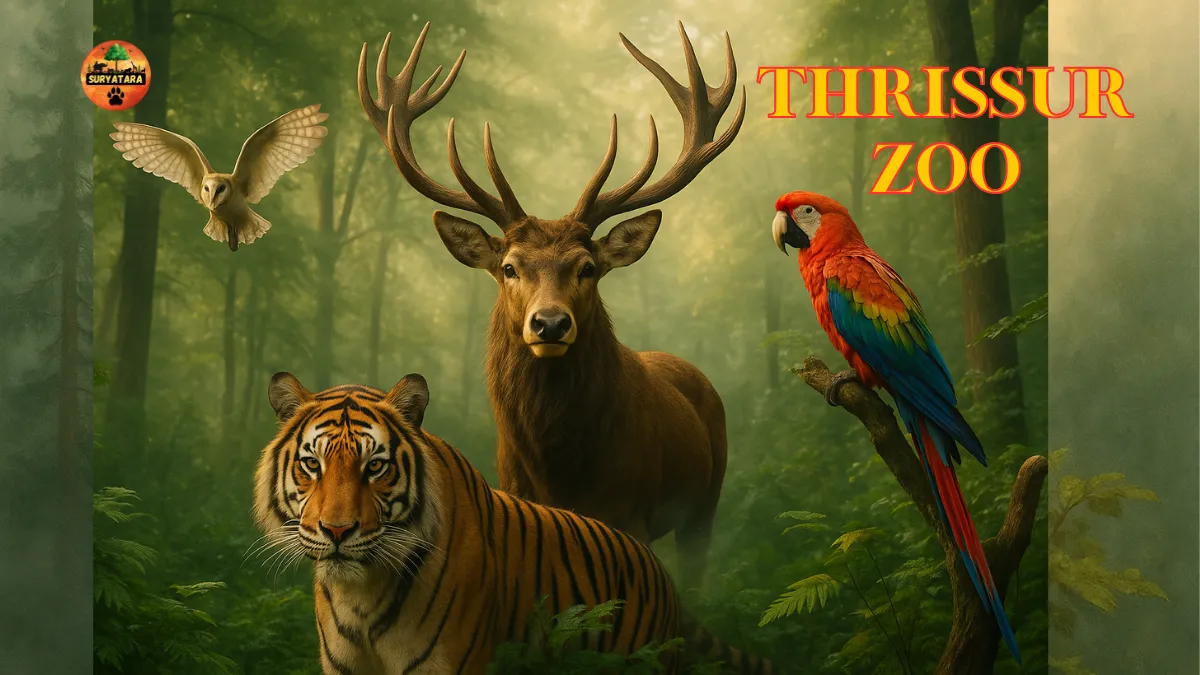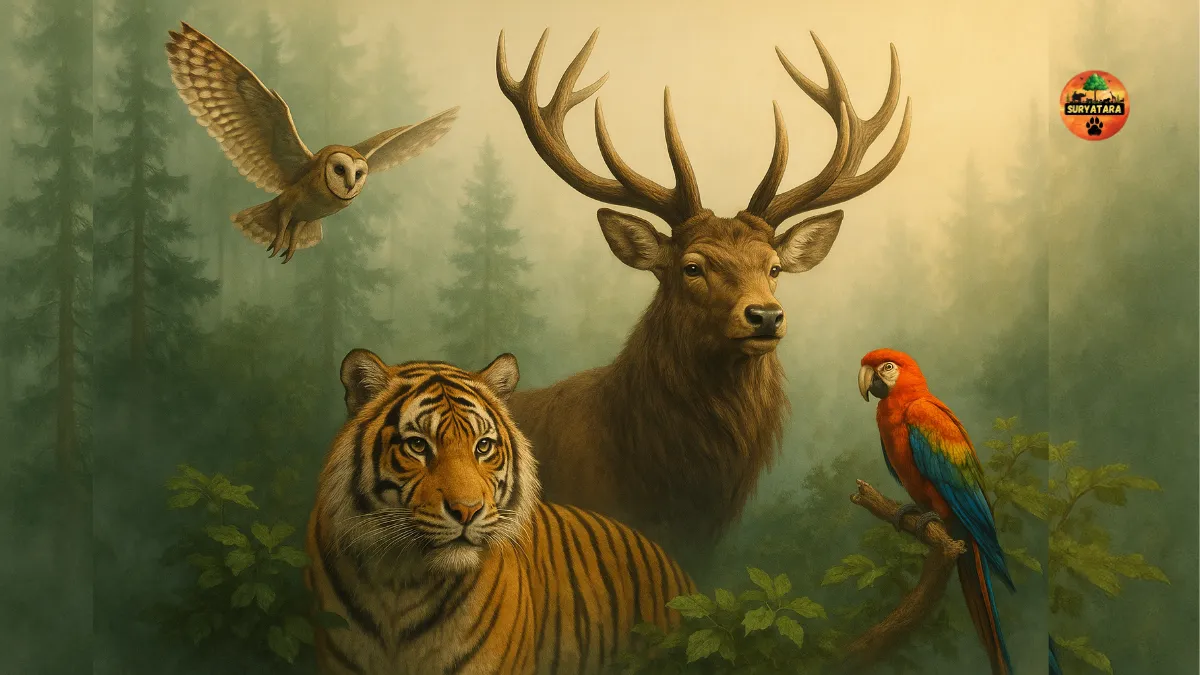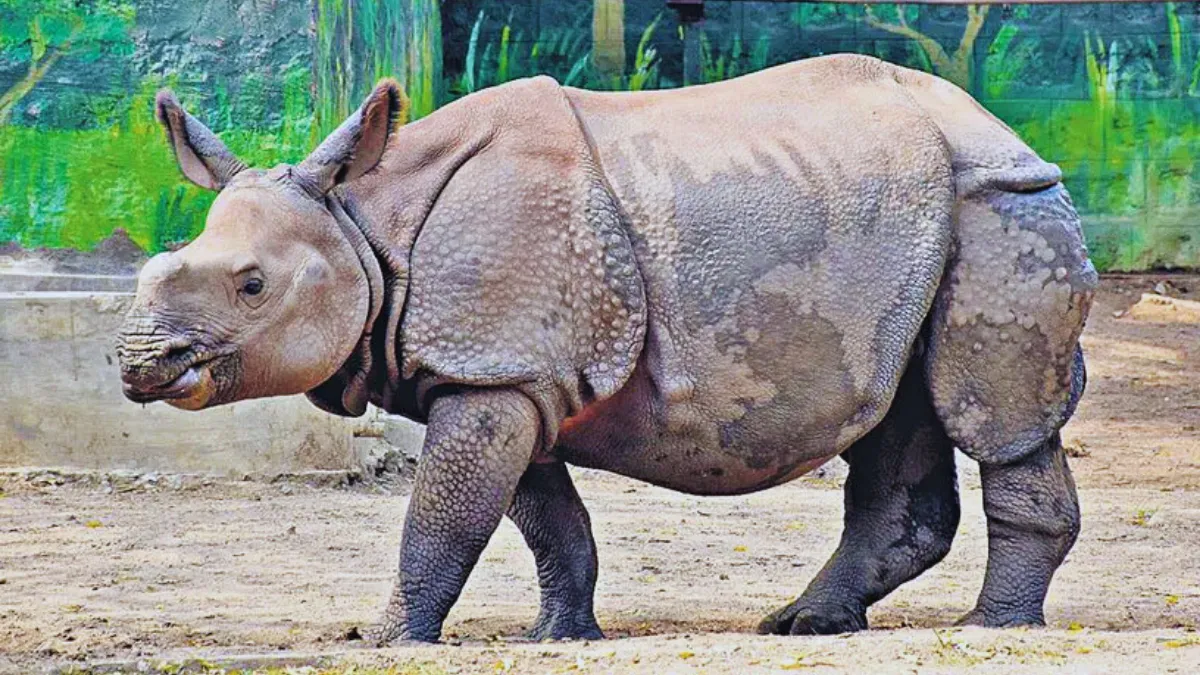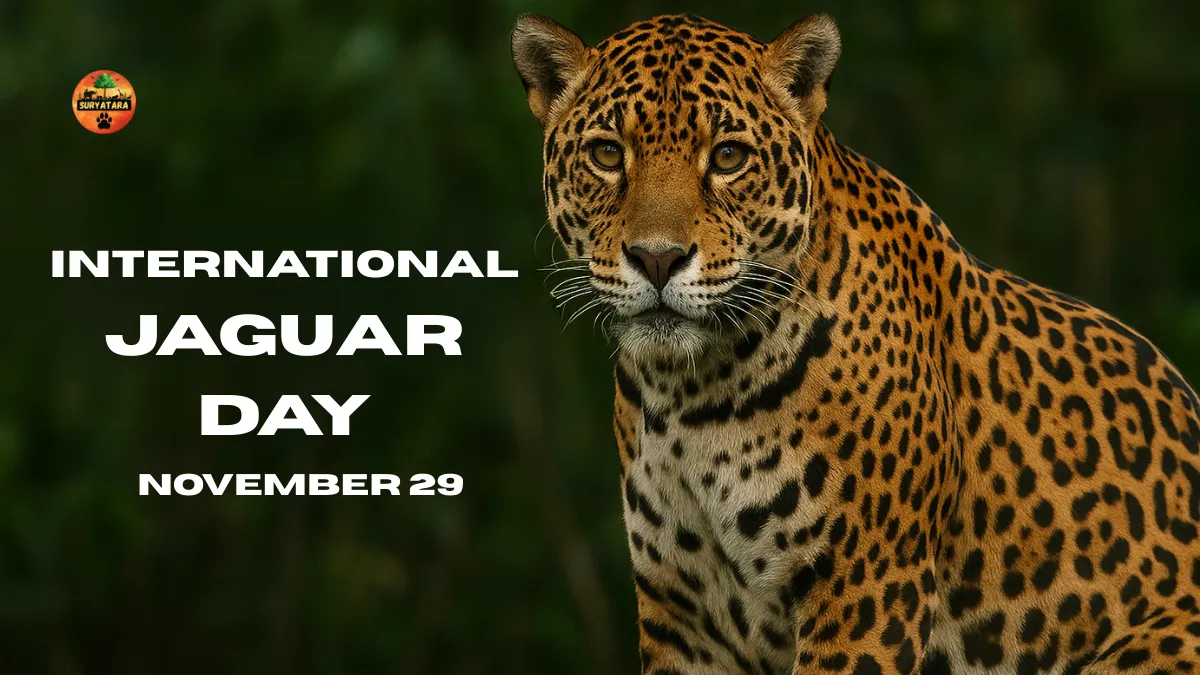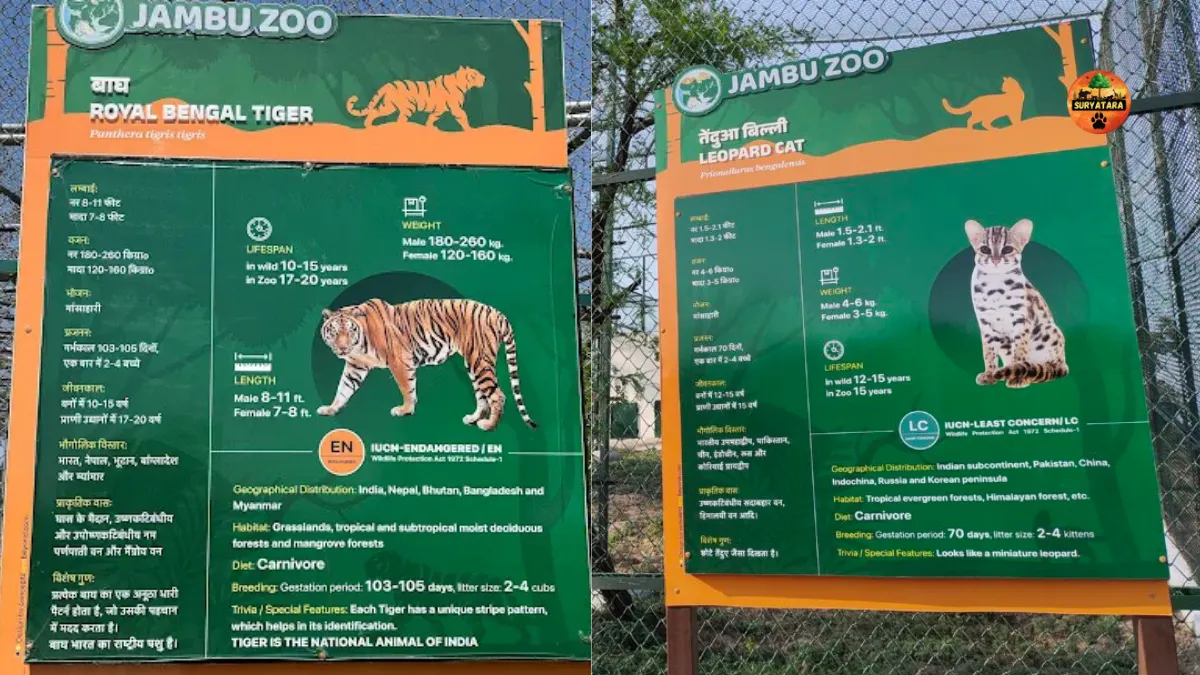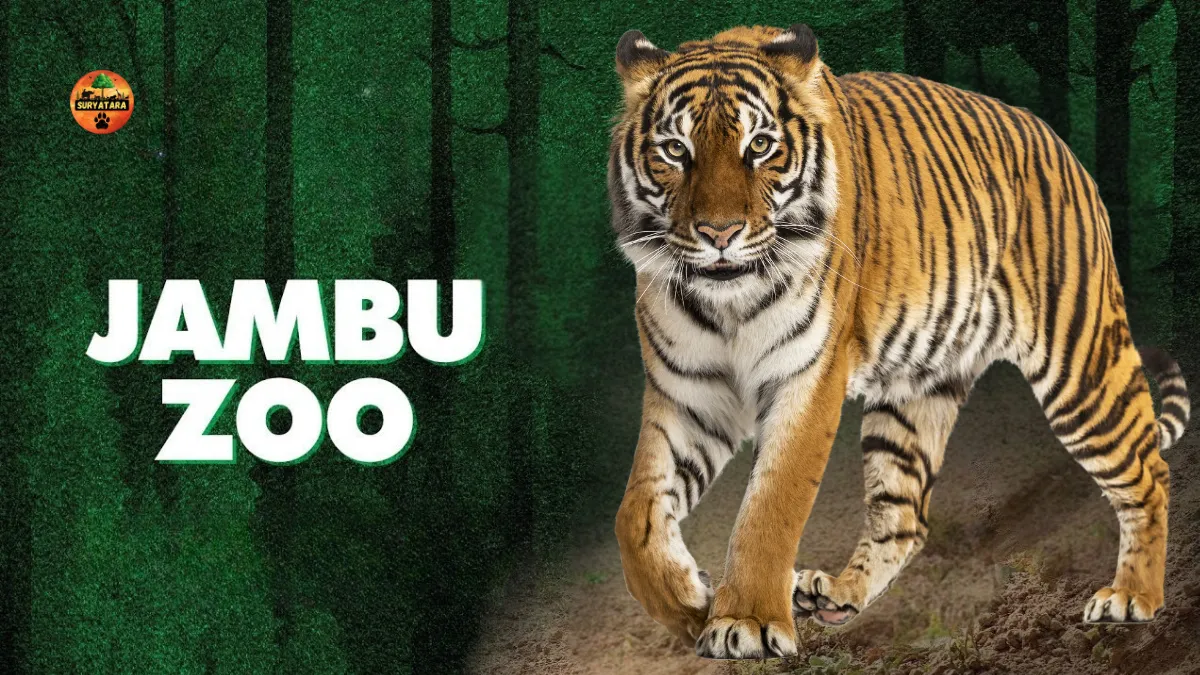Best camera lenses for wildlife photography are essential tools for capturing the beauty, behavior, and power of animals in their natural environment. Whether you’re photographing birds in flight, tigers in dense forests, or elephants in open grasslands, the right lens can transform an average shot into a masterpiece.
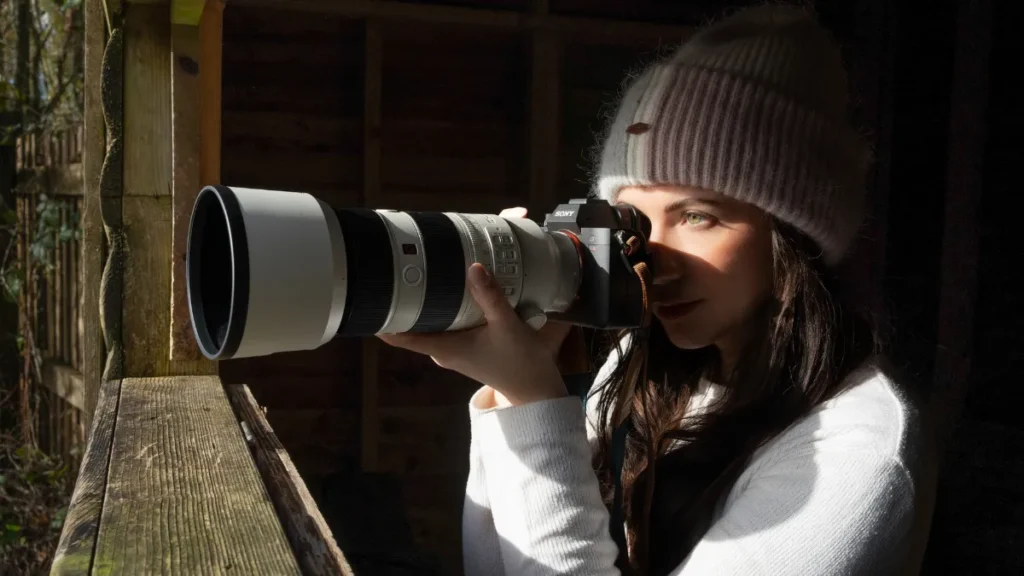
Wildlife photography is challenging because subjects are often far away, unpredictable, and fast-moving. That’s why choosing a lens with the right focal length, aperture, and focusing speed is crucial. In this guide, we’ll explore the top lenses available in 2025 for different budgets and needs, along with tips to make the most of them.
Why Choosing the Right Lens Matters
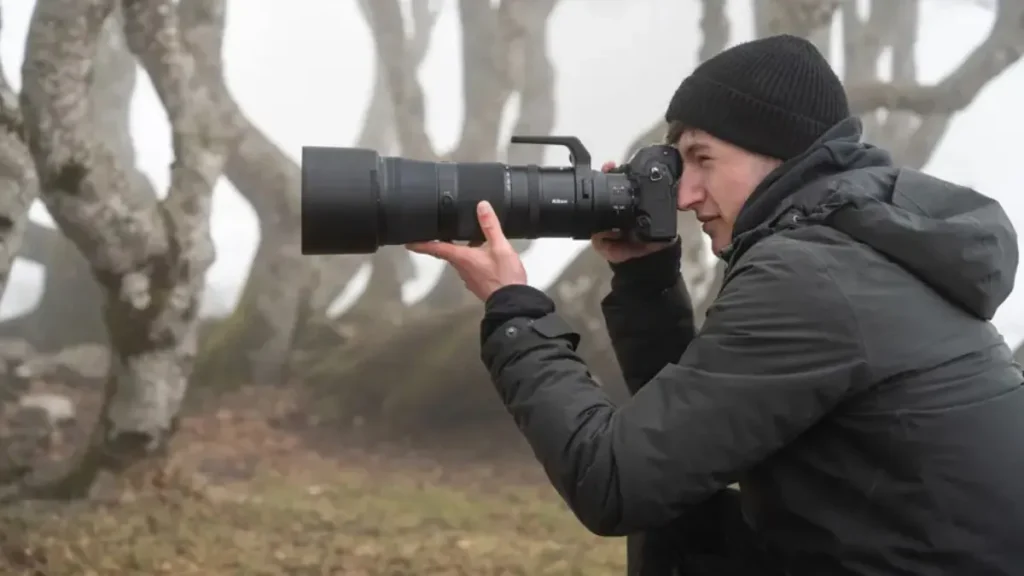
When it comes to wildlife photography, your camera body is important, but the lens is the real game-changer. Wildlife often requires long focal lengths to get close without disturbing the subject. Fast autofocus, optical stabilization, and weather sealing also make a huge difference in the field.
A good wildlife lens ensures:
- Sharp images even at long distances
- Quick focus on moving animals
- Reliable performance in various weather conditions
- Versatility for both close-up and distant shots
Key Features to Look for in the Best Camera Lenses for Wildlife Photography
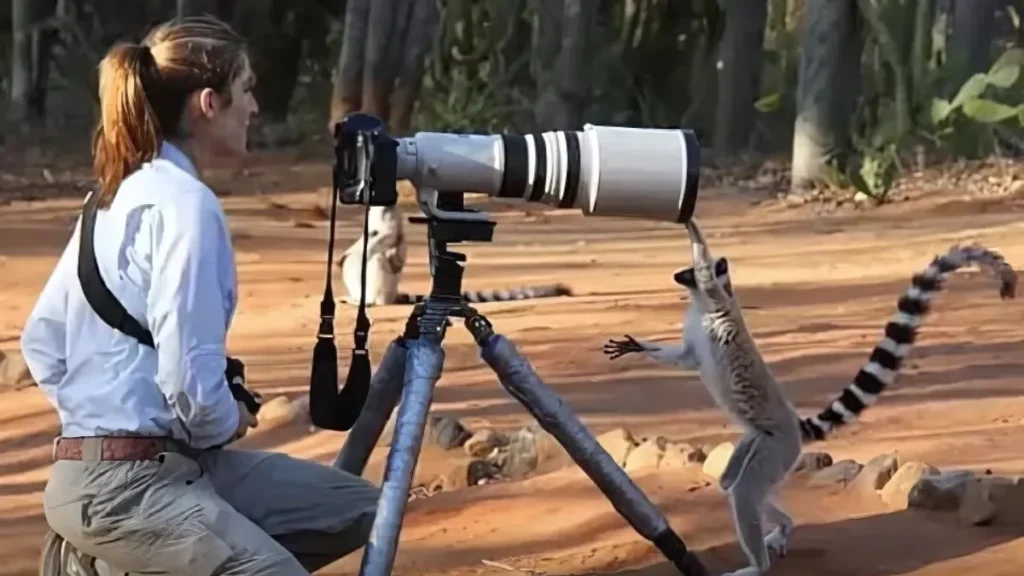
When evaluating lenses, consider the following:
- Focal Length – Typically, 300mm to 800mm is ideal for wildlife. The longer the focal length, the closer you can appear to your subject.
- Aperture – Wider apertures (f/2.8 to f/5.6) allow more light in, helping in low-light conditions such as early mornings and late evenings.
- Autofocus Speed – Crucial for tracking moving animals or birds in flight.
- Image Stabilization – Reduces camera shake, especially when shooting handheld at long focal lengths.
- Weight and Portability – Heavy lenses can be challenging on long treks.
- Weather Sealing – Protects against dust, moisture, and harsh climates.
Top 5 Best Camera Lenses for Wildlife Photography in 2025
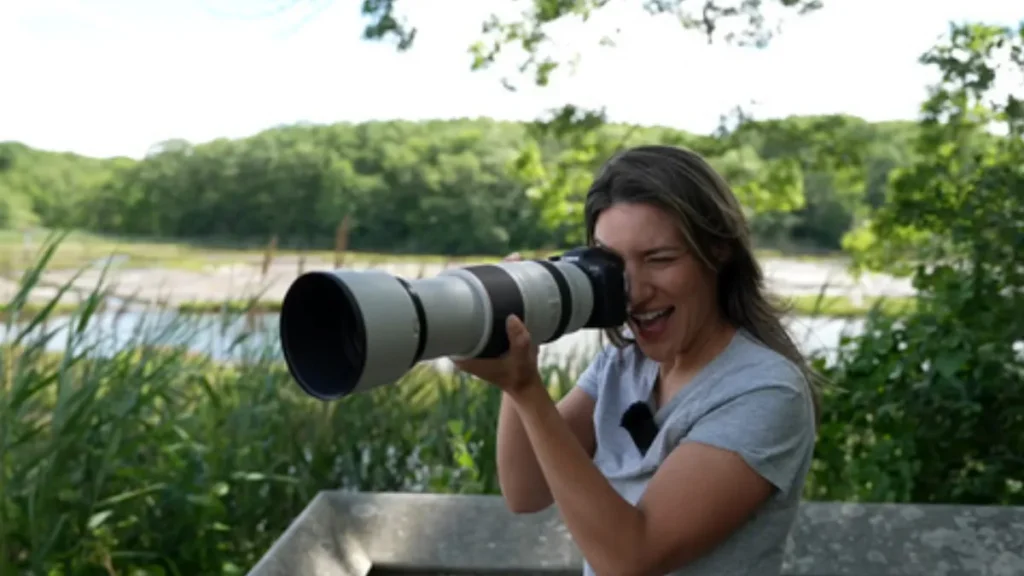
| Lens Model | Mount Type | Focal Length | Max Aperture | Weight | Key Advantage |
|---|---|---|---|---|---|
| Canon RF 100-500mm f/4.5-7.1L IS USM | Canon RF | 100-500mm | f/4.5-7.1 | 1530g | Versatile zoom with superb sharpness |
| Nikon Z 400mm f/2.8 TC VR S | Nikon Z | 400mm (built-in 1.4x TC) | f/2.8 | 2950g | Extremely fast with teleconverter option |
| Sony FE 200-600mm f/5.6-6.3 G OSS | Sony E | 200-600mm | f/5.6-6.3 | 2115g | Long reach at an affordable price |
| Sigma 150-600mm f/5-6.3 DG DN OS Sports | Multiple (Sony L, Leica, Panasonic) | 150-600mm | f/5-6.3 | 2100g | Budget-friendly with pro features |
| Fujifilm XF 150-600mm f/5.6-8 R LM OIS WR | Fujifilm X | 150-600mm | f/5.6-8 | 1605g | Lightweight with great stabilization |
Also read: Luxury Jungle Resorts in India You Can Book Online
Which Lens is Right for You?
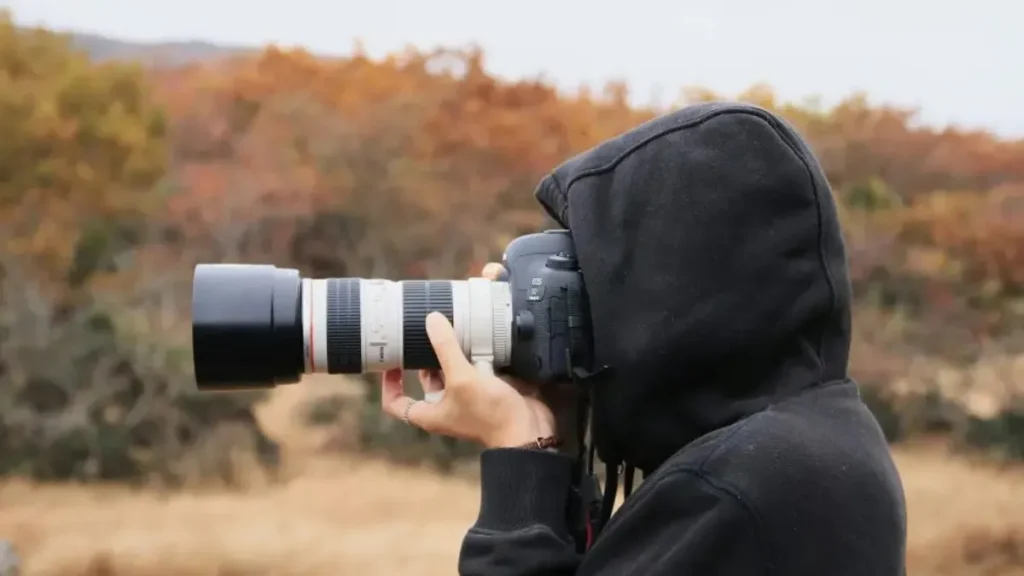
- For Beginners – Sigma 150-600mm or Canon RF 100-500mm offers a balance between price and performance.
- For Professionals – Nikon Z 400mm f/2.8 TC VR S is unbeatable for speed and sharpness.
- For Travel Photographers – Fujifilm XF 150-600mm is lightweight and easy to carry on long expeditions.
- For Bird Photography – Sony FE 200-600mm gives incredible reach for birds in flight.
Also read: Wildlife Photo Tours: The Ultimate Guide for Nature and Photography Lovers
Tips to Maximize Wildlife Shots with Your Lens
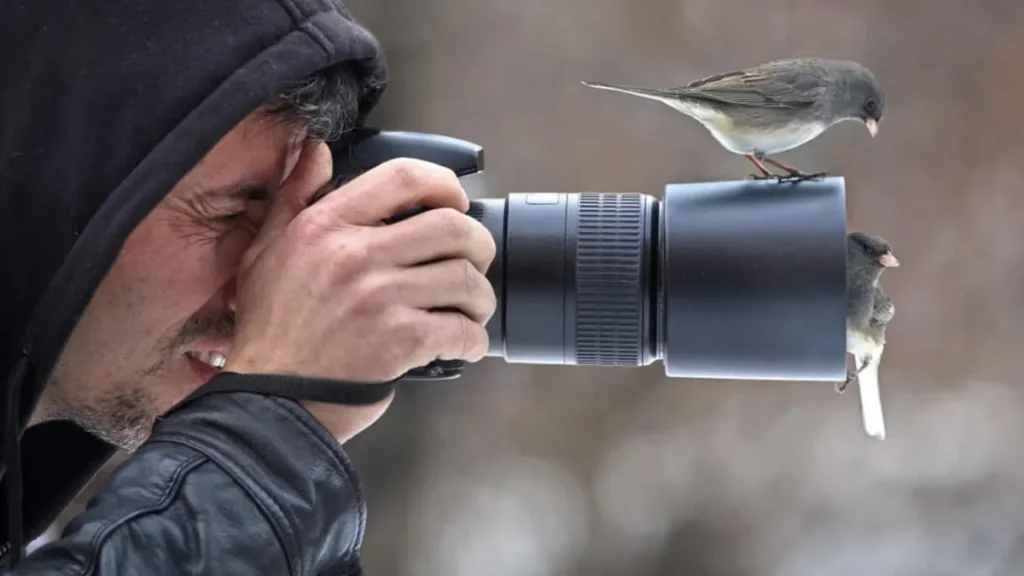
- Use a Tripod or Monopod – Long lenses are heavy; support helps reduce fatigue and improve stability.
- Know Your Lens’ Sweet Spot – Most lenses perform best a couple of stops down from their widest aperture.
- Be Patient – Wildlife photography often means waiting hours for the perfect moment.
- Use Continuous Autofocus – Keeps moving animals in sharp focus.
- Practice Panning – Especially useful for capturing birds or animals in motion.
Also read: Best Cameras for Wildlife Photography in 2025
Conclusion
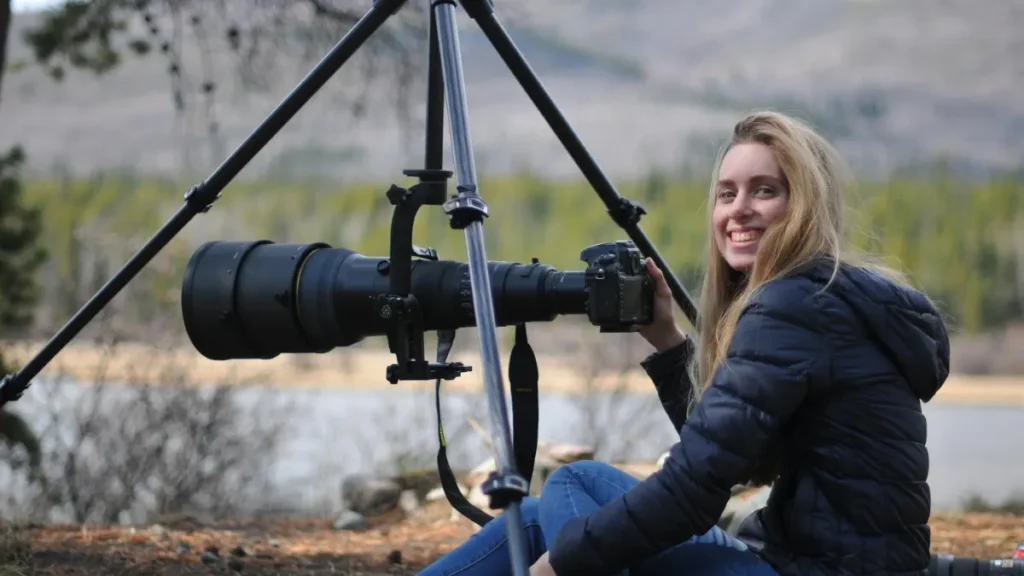
The best camera lenses for wildlife photography aren’t just about focal length; they combine speed, sharpness, durability, and ease of use. Whether you’re starting out or already an expert, investing in a quality wildlife lens can dramatically improve your results. Remember, great wildlife photography isn’t just about gear — it’s about patience, timing, and respect for nature.
